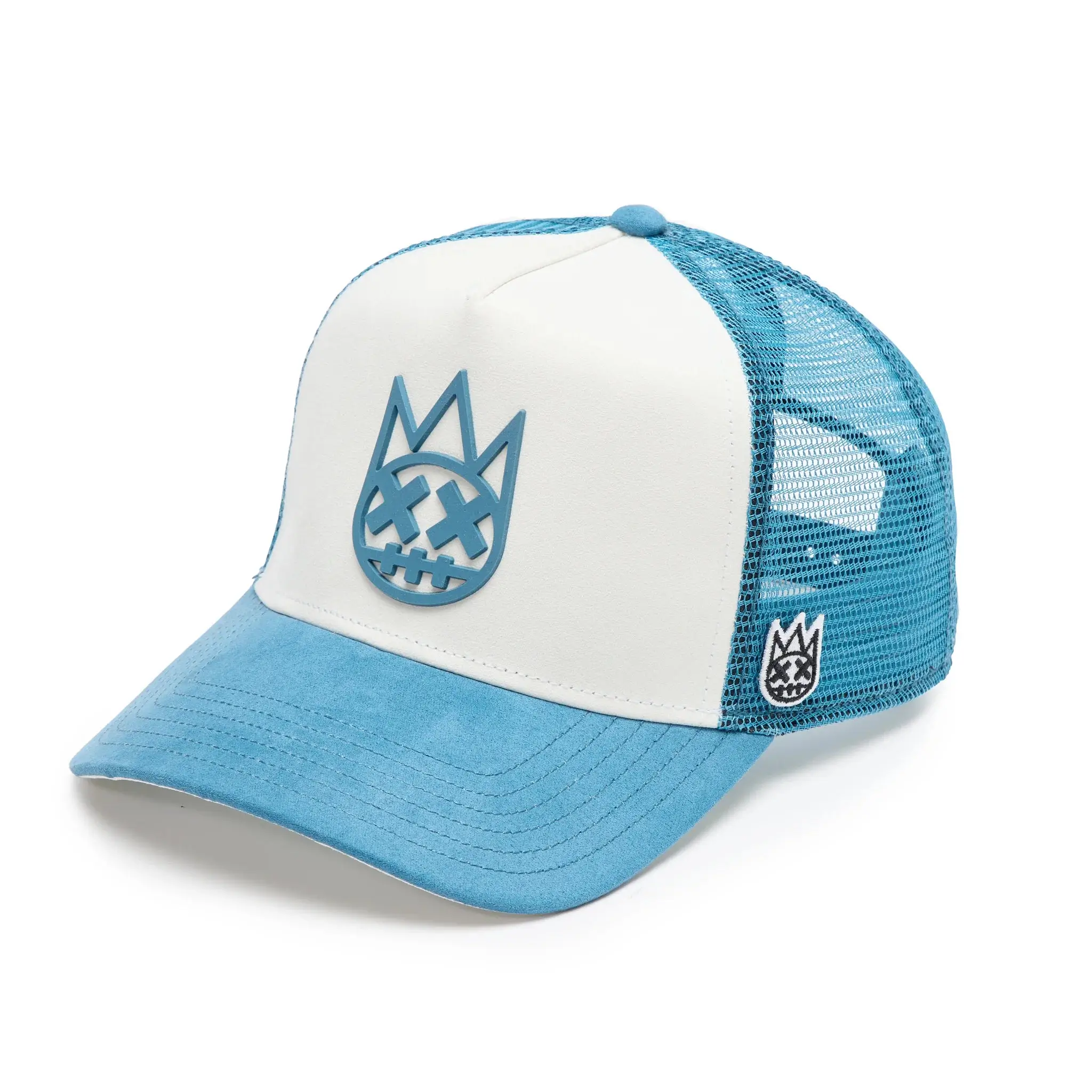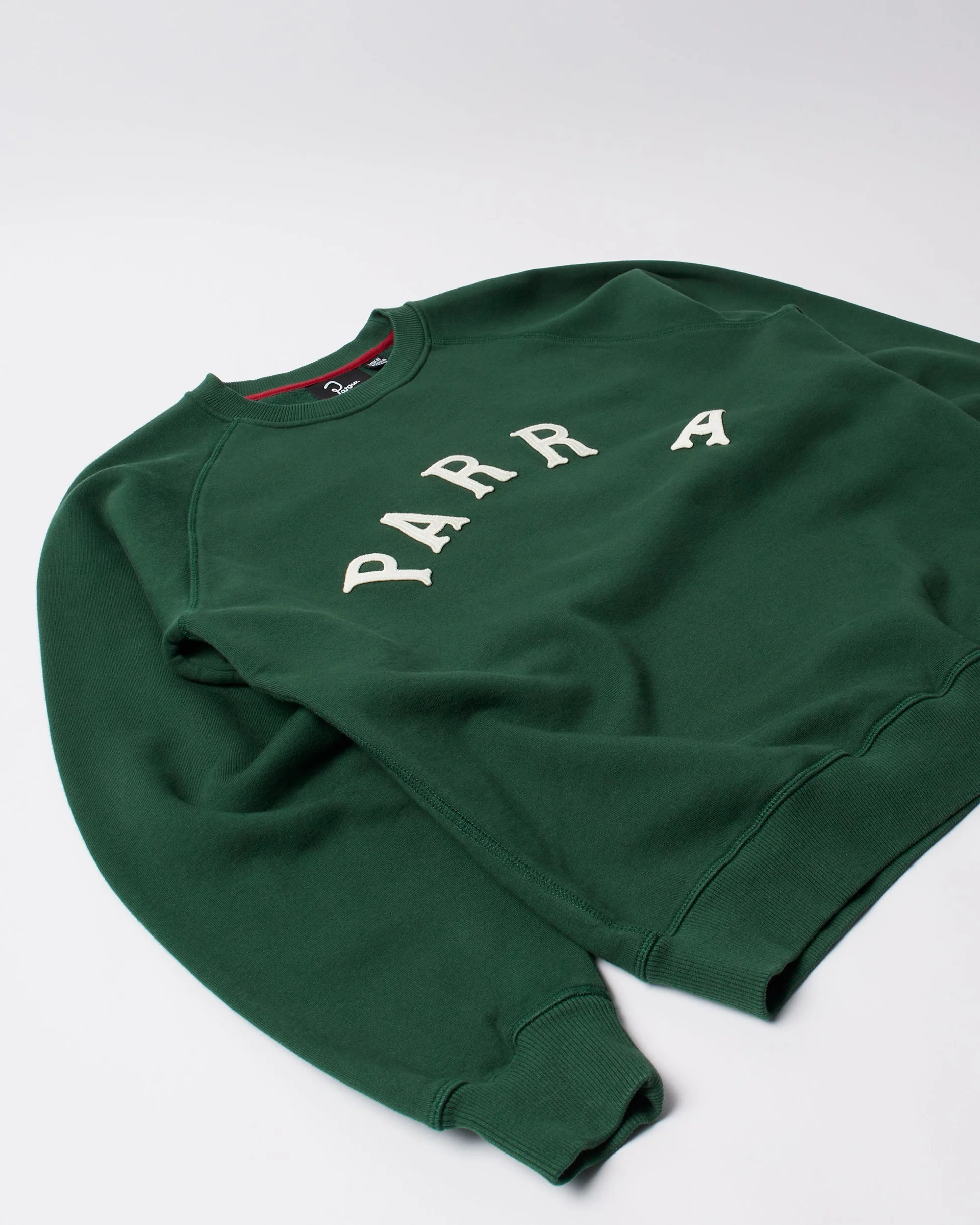When Tiffany & Co. unveiled its 2025 Blue Book collection, Sea of Wonder, in New York this spring, it was more than a showcase of high jewelry. It was a descent—into memory, myth, and movement. Here was a collection that did not merely draw from the ocean for inspiration, but seemed to inhabit it. Each jewel shimmered not just with light, but with narrative.
Curated under the vision of Chief Artistic Officer Nathalie Verdeille, Sea of Wonder is a poetic evolution of the maison’s high jewelry canon. While anchored in the work of Jean Schlumberger—whose marine obsessions brought starfish, sea anemones, and coral reefs into Tiffany’s mid-century vocabulary—this collection speaks to a new era. One in which mastery of material becomes language, and ornament becomes experience.
The Blue Book: A Tradition Recast in Deep Water
Tiffany’s Blue Book is not merely a catalog—it is an annual manifesto of excellence. Since its inception in 1845, it has functioned as both a showcase of Tiffany’s finest and a speculative platform for design exploration. Over time, it has grown into a symbol of the house’s philosophical identity: where the rarest materials meet the boldest ideas.
With Sea of Wonder, Tiffany’s 2025 offering becomes a meditation on the sea—not in surface symbolism, but in structure. Each piece evokes aquatic form, movement, or biology not through imitation, but through abstraction. It’s not about literal translation; it’s about poetic transformation.
Verdeille, drawing from Schlumberger’s reverence for nature, does not replicate his vision. She reframes it.
The collection unfolds in distinct thematic chapters, each one serving as a portal into a different marine stratum:
Ocean Flora: Verdant Rarities Beneath the Tide
Here, Zambian emeralds anchor compositions that call to mind kelp forests, underwater blooms, and reef ecologies. Lush greens spiral through platinum vines, suggesting growth without symmetry. In some designs, pearls appear like dew clinging to seagrass. In others, small emerald pavé glimmers like moss catching morning light.
One standout is a necklace whose central emerald hovers like a bloom frozen mid-sway—delicate, yet decisive.
Sea Turtle: Sacred Geometry in Motion
In this chapter, Verdeille turns to the turtle—not as a mascot, but as a muse. The carapace becomes inspiration for repeating diamond motifs, where scale-like structures create a rhythmic geometry across cuffs, rings, and brooches. These are pieces of movement, built from stillness.
White diamonds shimmer in hexagonal alignment, mimicking the tension between armor and elegance. The idea isn’t representation—it’s reverence.
The Starfish Suite: Celestial Forms in Terrestrial Tidepools
If starfish typically symbolize whimsy, Verdeille’s version elevates them to something architectural. In this chapter, rubies set against white diamonds echo not just marine biology, but cosmology. Starfish are cast as constellations.
A highlight of this suite is a pendant that transforms into a brooch—an elegant nod to the mutable nature of sea creatures themselves. Jewelry, like life underwater, adapts.
Wave: Sculptural Tension and Liquid Drama
At the heart of the collection lies Wave—perhaps the most emotionally evocative chapter. This series is anchored by a necklace featuring over 17 carats of blue tourmalines, which plunge across the décolletage in curling arcs of sculpted titanium and sapphire.
The form is not merely wave-like; it is a wave—frozen at the moment of crescendo, just before it breaks. It is both movement and restraint. The necklace is not decorative. It is theatrical.
Wave speaks to power—of ocean, of design, of a woman owning both.
Schlumberger’s Legacy: From Fantasy to Framework
Jean Schlumberger’s contributions to Tiffany’s identity cannot be overstated. A dreamer by disposition and draftsman by discipline, Schlumberger’s mid-century designs were lush with natural symbolism—often drawing from the sea, flora, and fable. But his work was never twee. It was refined fantasy, engineered with precision.
Sea of Wonder doesn’t merely pay tribute. It interprets him. Where Schlumberger’s designs celebrated the visual surface of sea life, Verdeille dives deeper—finding meaning in form, tension in shape, narrative in structure.
If Schlumberger imagined the sea, Verdeille renders it.
Craftsmanship as Storytelling
High jewelry is often assessed by technical benchmarks—stone quality, setting intricacy, design coherence. But in Sea of Wonder, Tiffany pushes beyond those metrics. Craftsmanship here becomes a mode of storytelling.
Each setting is intentional. Prongs disappear beneath stones like coral tucked beneath tide. Chains flex with anatomical elegance. Even closures are sculpted to feel like natural joins rather than mechanical ends.
The transformation pendant-brooch in the Starfish suite is a particular feat. Its conversion is seamless—engineering elevated to sleight of hand. It embodies a quiet thesis of the collection: form follows feeling.
Rare Stones, Reimagined Context
The selection of stones across the collection is noteworthy not simply for rarity, but for their emotional logic.
- Zambian emeralds speak to growth, resilience, and verdant energy.
- Blue tourmalines, rare and often unstable in color, evoke oceanic depth and flux.
- Rubies, radiant in warm undertones, create contrast and signify heat below the surface.
The pairings are never ornamental. They feel elemental. The jewels do not sit atop designs—they emerge from them.
The Ocean as Feminine Force
There is something distinctly feminine in Verdeille’s approach—not in the aesthetic sense, but in symbolic resonance.
The sea has long been feminized in myth: generative, dangerous, unknowable. Verdeille honors that lineage. Her designs are fluid without being soft, sensual without being submissive. They hold tension. They insist.
Jewelry here is not just beauty—it is biography. The wearer is cast not as decoration, but as protagonist. She carries the ocean, not just wears it.
Display and Atmosphere: The New York Unveiling
The Blue Book’s New York reveal was immersive. Set within a multi-room installation, guests wandered through atmospheric zones—each corresponding to a chapter in the collection. Lighting shifted from reef-like coral to abyssal twilight. Sound design mimicked currents.
The effect was cinematic. But it was also architectural—inviting visitors to experience the jewelry as environment. Not as product, but as portal.
It reinforced the collection’s core conceit: the ocean is not a metaphor. It is a medium.
Fashion Context: Jewelry Beyond Accessory
In an era where high fashion increasingly blends with art and performance, Sea of Wonder positions Tiffany not as a heritage house resting on archival laurels, but as a living studio. This is jewelry that competes not with accessories, but with sculpture.
Compared to other luxury maisons whose high jewelry exists largely for couture red carpets or gala display, Tiffany’s 2025 vision feels intimate and internal. The designs aren’t loud. They’re lyrical.
They whisper, then flood.
Impression
Luxury today is often mistaken for volume—for excess, visibility, price. But Sea of Wonder redefines it as intention, emotion, and imagination.
This is jewelry that resists commodification. That speaks to a woman not as a market, but as a myth. That doesn’t seduce with sparkle, but with structure. That doesn’t follow the tide—it writes it.
With this Blue Book, Tiffany & Co. has done more than launch a collection. It has launched a feeling. One that rises, ripples, and refuses to recede.
No comments yet.








